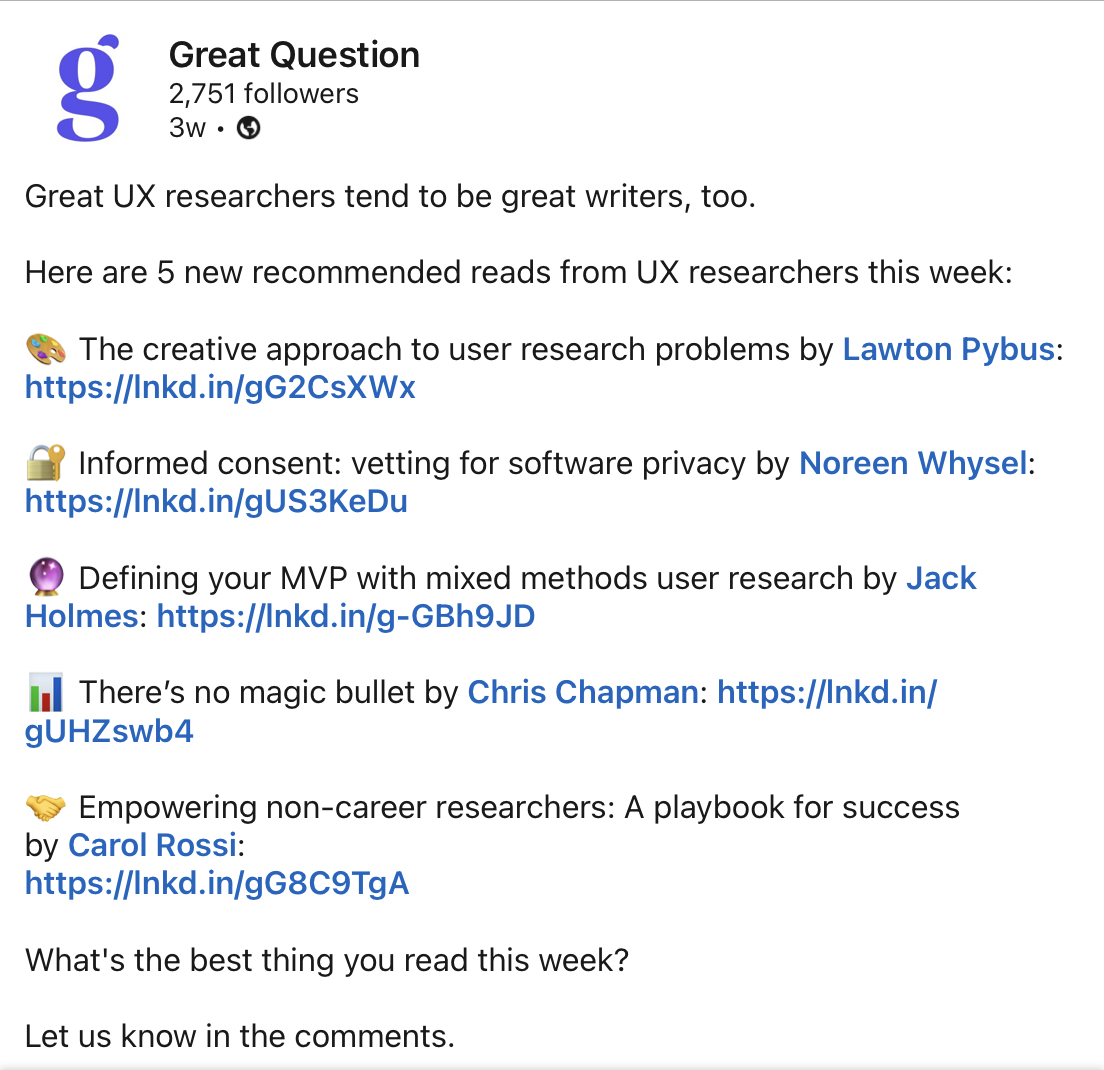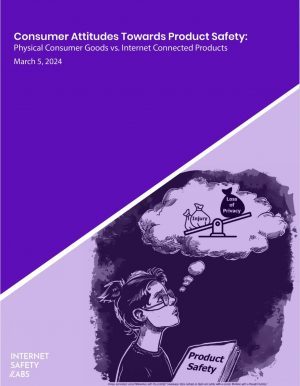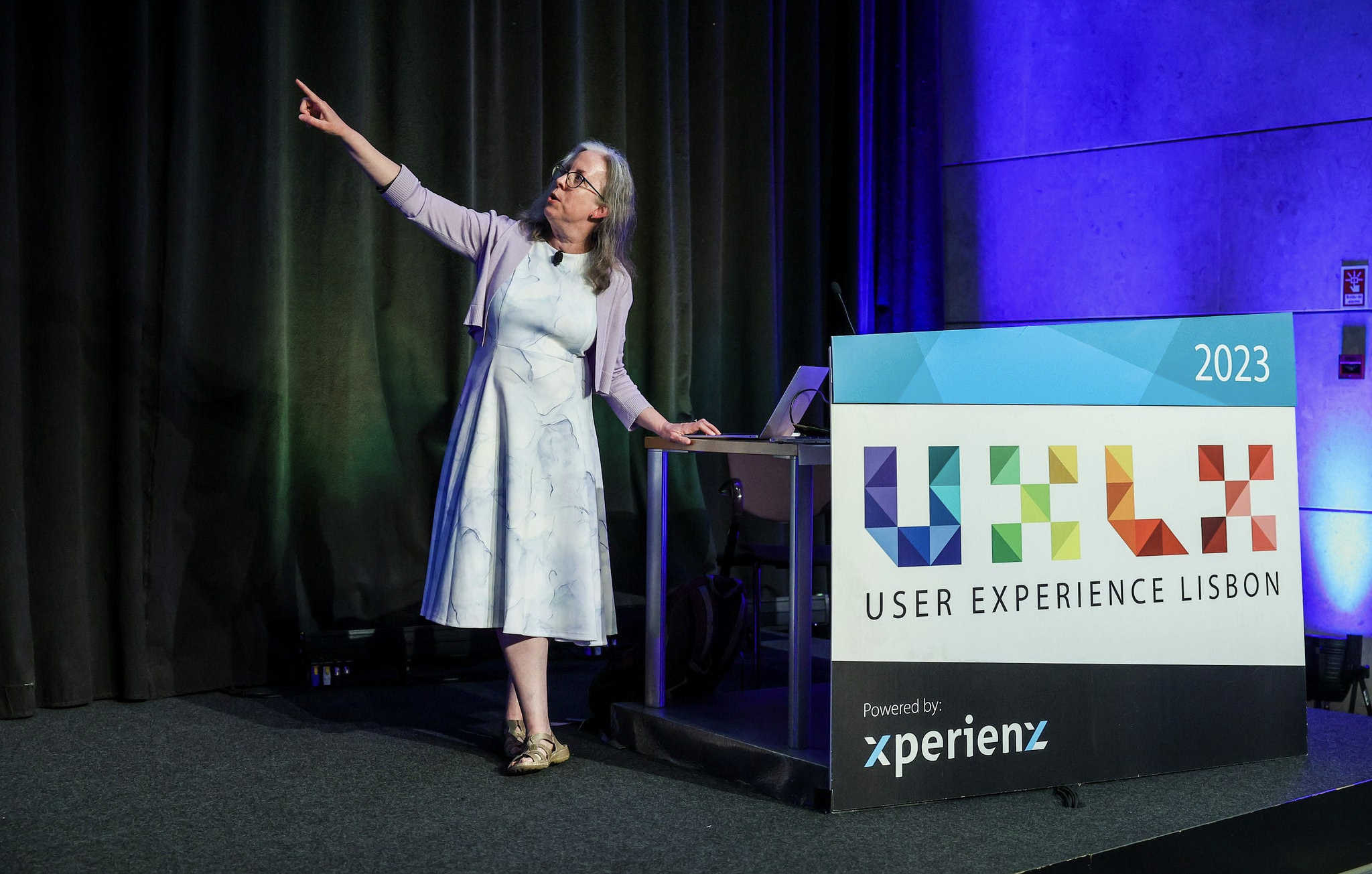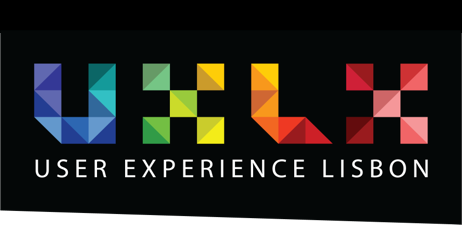ReOps+: Informed Consent: Vetting Research Software for Privacy
Research Operations Community, ReOps+, published my article, Informed Consent: Vetting Research Software for Privacy, in the Research Operations’ Medium publication. I am a member of the ReOps+ board and they invited me to contribute this article, which discusses a study of several research platforms and how user experience researchers can be sure participants understand what … Read more





